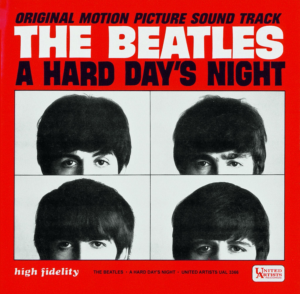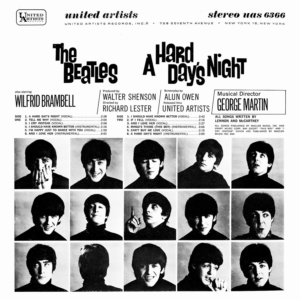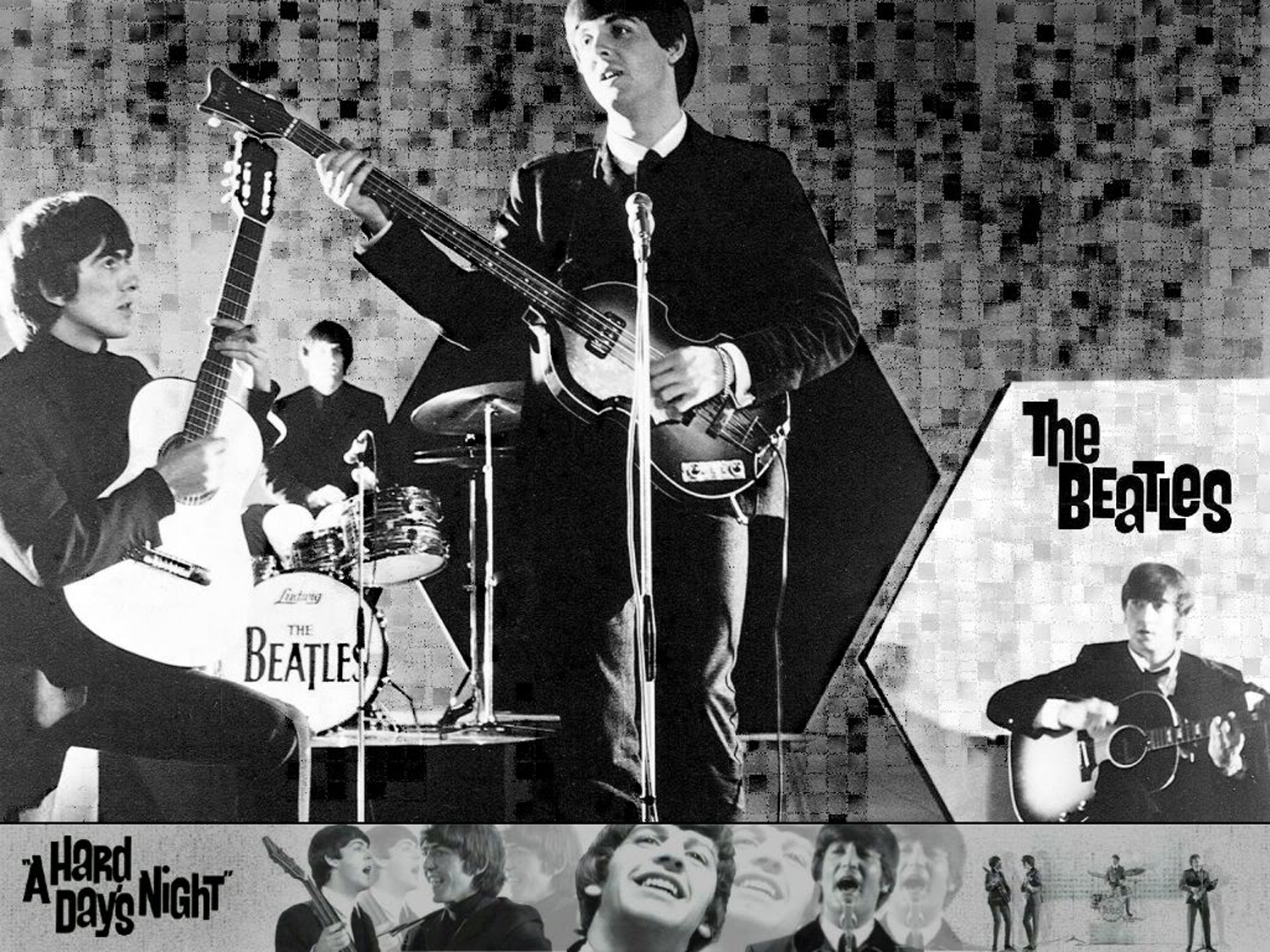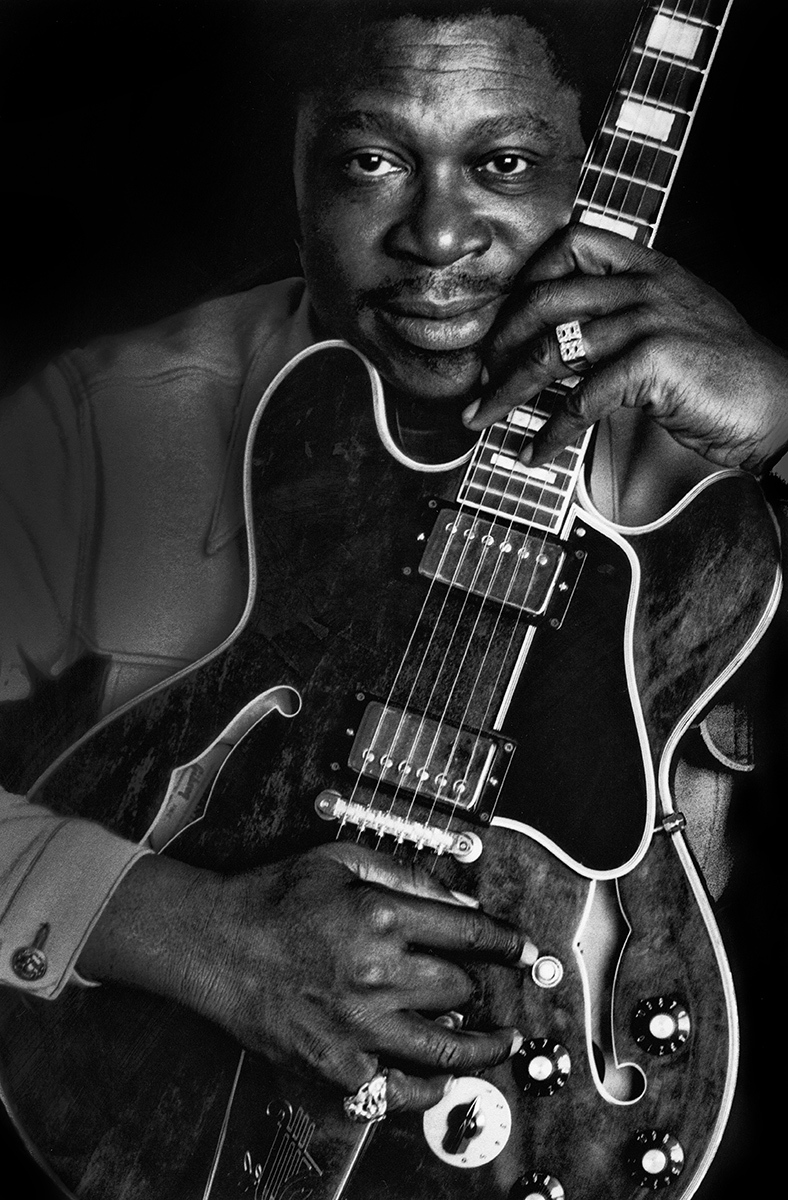 Country Duels Detroit: WDEE Sways with Modern Country Sound; WEXL Stays Traditional “Not So Modern” Country
Country Duels Detroit: WDEE Sways with Modern Country Sound; WEXL Stays Traditional “Not So Modern” Country
DETROIT — What happens when two radio stations of comparable signals compete with each other in a major market in a country music format? The answer may soon develop here as WDEE marches into fray against WEXL, which has been a country music station since around 1962.
Slowly, but surely, in many markets good facilities are coming along in new country music formats and busting the hold of small-wattage or daytime only stations. Only in a few markets have daytime stations or small wattage stations been able to hold their own against the bigger newcomers . . . and largely only because of the growing role of FM, which these stations use to extend their broadcast day.
But here in Detroit, two 24-hour AM stations are now waging war against each other. On one side, the more traditional station – WEXL – which believes it has established a strong listening habit in Detroit. On the other, WDEE (the former WJBK, a rock station before it switched last September) is perhaps a little more expansive in its approach and willing to play popular, though country-oriented, records in its format.
 WDEE has the advantage, if you talk to Chuck Renwick, regional radio program manager who’s responsible for markets such as Toledo, Cleveland, and Detroit in the Storer Broadcasting chain. “WDEE has a far superior signal,” Renwick said. But WEXL, said program director Bill Mann, “has a fairly good signal in comparison to WDEE in spite of their 50,000 watts. Too, we’ve got the image in the market. As far back as 1933, this station has a ‘Sage-brush Melodies’ program featuring country music.”
WDEE has the advantage, if you talk to Chuck Renwick, regional radio program manager who’s responsible for markets such as Toledo, Cleveland, and Detroit in the Storer Broadcasting chain. “WDEE has a far superior signal,” Renwick said. But WEXL, said program director Bill Mann, “has a fairly good signal in comparison to WDEE in spite of their 50,000 watts. Too, we’ve got the image in the market. As far back as 1933, this station has a ‘Sage-brush Melodies’ program featuring country music.”
Go Further
WDEE claims that WEXL still has commercial religion on Sunday, which doesn’t help its country music image one bit. “In addition,” said Renwick, “WDEE will be aggressive in its promotion-running television spots and newspaper advertising. We’ll also be sponsoring our own concerts. We’ll swamp them out in promotions and the quality of our personalities. But, in order to be successful, we feel that WDEE has to go further than that. It’s more than just beating another country music station. We don’t think our audience on WDEE will come Top 40 and middle-of-the-road stations as well as the potential country music fans in Detroit.
But WDEE will not be zeroing in on strictly a country music audience. I’m not sure that the country music audience, as such, exists anymore, especially in a market of this size,” he said, pointing out that listeners in general were more sophisticated today. “And there are a lot of No. 1 country music stations who’ve certainly gone beyond the normal boundaries of country music fans for their audience . . . in a sense, creating additional country music fans.”
To counter WDEE in the market, WEXL is not doing anything different, said Mann. “We’re going along pretty much the some as always. That’s one of the problems that WDEE has had over the years … they’ve never stayed long with any- thing. The past six months, under the call letters of WJBK, they were a rock station. For the eight or nine months before that, they were playing good music. One thing I can’t under- stand is why they don’t stay with any particular format long. But I do think that their going country music is good for country music business. It might wake up agencies to the fact that country music is important, considering that two stations are fighting for the audience.”
Adjustments
 WEXL, however, has made some adjustments in its programming. Mann said that the format has been tightened up some. And the psychology of having competition has been good for the WEXL air personalities. “So, we’re probably sounding better than before.” WEXL has about 50 records charted, but plays 65, plus album cuts and oldies. The station checks out singles sales to some extent. “The biggest problem about singles sales in the area is that only certain stores will carry them. And even those that do carry country mu-sic singles don’t have all of the records.”
WEXL, however, has made some adjustments in its programming. Mann said that the format has been tightened up some. And the psychology of having competition has been good for the WEXL air personalities. “So, we’re probably sounding better than before.” WEXL has about 50 records charted, but plays 65, plus album cuts and oldies. The station checks out singles sales to some extent. “The biggest problem about singles sales in the area is that only certain stores will carry them. And even those that do carry country mu-sic singles don’t have all of the records.”
WDEE will feature a “pretty broad playlist,” said Renwick. “We’ll probably publish a play – list of the top 40 records. Already, we’re presenting it on the air. But we’re working with a playlist that includes up to 100 records.” One of the things that WDEE is doing in order to build up a rapport quicker with Detroit listeners is that each dee-jay goes on the phone for a half hour after doing his radio show. During this half-hour, he takes requests and chats with listeners. He’s free to insert these requests into his program the next day. Besides the singles, WDEE airs between 40-60 current and recent album cuts. The major 40 records, of course, gets more -frequently played.
WDEE has just installed a package of jingles created at Spot Productions in Dallas. Production of the sound of the station is something between an easy listening and a contemporary approach, said Renwick. The deejays have now began to pull their own records, although for the first five or six weeks the station was on the air with its country music format, all of the records were slated for them. Renwick said that all of the deejays had done a “lot of homework” about country mu- sic. Now, they do their own shows within certain guidelines. These guidelines include pacing in terms of tempo and a mixture between modem sounds like those of a Glen Campbell and traditional country sounds like those of a Stonewall Jackson or Faron Young.
“WDEE plays the traditional things that occurs in today’s hit lists, although the trend is toward the modern sounds,” Renwick said. To put a balanced sound hour together at WDEE, the deejay would play two or three of the modern-sounding records, then a Wanda Jackson; then two or three more of the modern-sounding records and a Faron Young. Album cuts are used to pick up the pace . . . to bring up the tempo.
Than there are guidelines to put a separation between records that have the same kind of stories. For example, to keep a song about Carolina from being back-to-back with a song about Oklahoma. “It’s what we call a ‘thinking jock’s format’,” said Renwick. “And so far we’re getting pretty good response on the telephone. Those half-hours that the deejay spends on the phone after his show gives us a pulse of who’s switching from other stations to us and how many of them are hardcore country music fans.”
On Feb. 11, the station sponsored an agency party for all local time buyers, advertisers and the press. Leroy Van Dyke and his band performed. Other country artists on hand to spread the word about country music included Jeannie C. Riley, Lynda K. Lance, Nat Stuckey, Tom T. Hall, and Hank Williams Jr.
WEXL will probably not go so “modern” as WDEE. In fact, WEXL program director Bill Mann believes that Ernest Tubb and Kitty Wells are vitally important to its programming. “I think you have to play them or you’d lose your country identity,” said Mann. Jimmy Martin won’t get exposed that much, nor the harder bluegrass sounds of the Osborne Brothers and Flatts & Scruggs. “But we do play their softer sounds. The truth is that there’s just not that much pure bluegrass being put out today.”
“The overall sounds of WEXL seems to be good”, Mann said, “from what people tell us. Of course, listeners around Detroit have never had anything with which to compare us. The competition might pick up some listeners, but I think we’ll keep the vast majority of them. And I don’t think they’ll pick up listeners from other formats because the other stations in Detroit – the Top 40 and the easy listening stations are playing Glen Campbell and Eddy Arnold.”
WDEE-FM also plays country music. The stereo country music package distributed by International Good Music out of Bellingham, Wash. This package is aired 6 a.m.-5 p.m., at which point the FM station duplicates the AM. WDEE-FM signs off at midnight at present. END
_______________
Information credit and news source: Billboard; February 28, 1970
![]()














